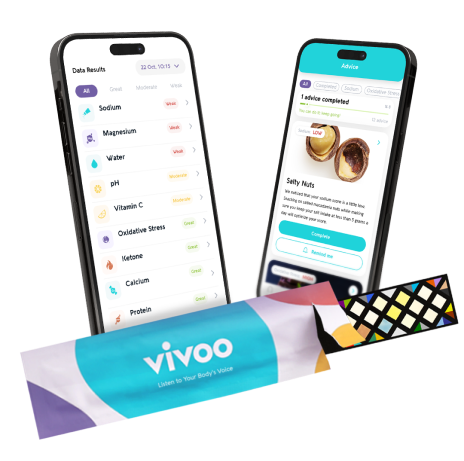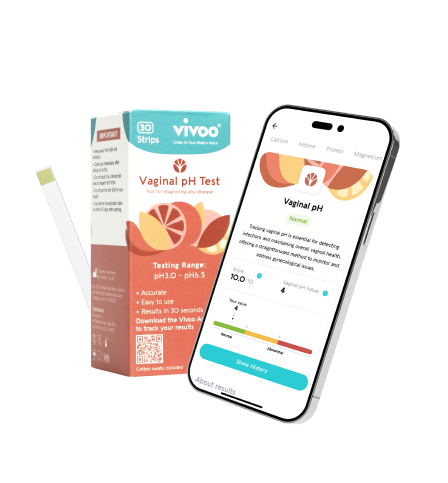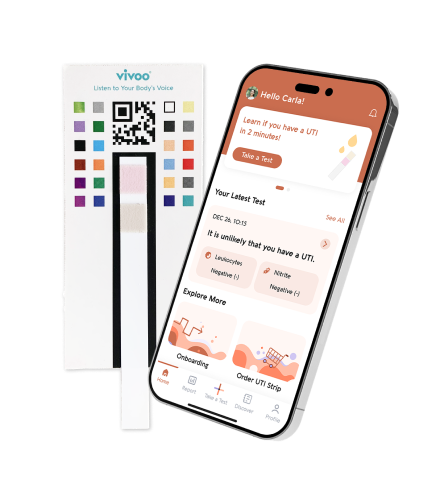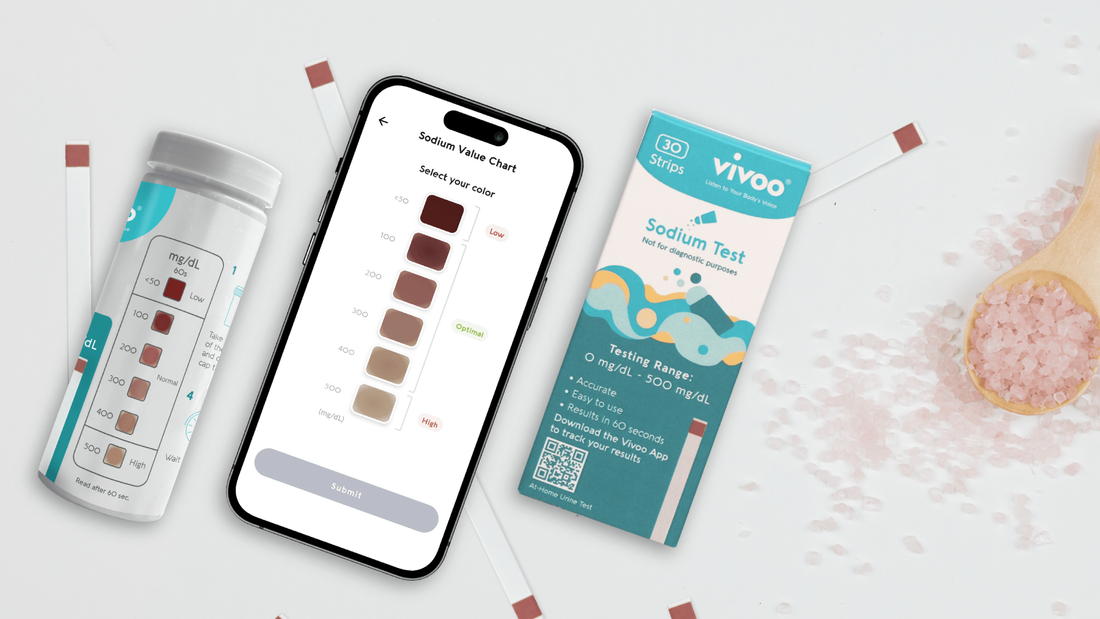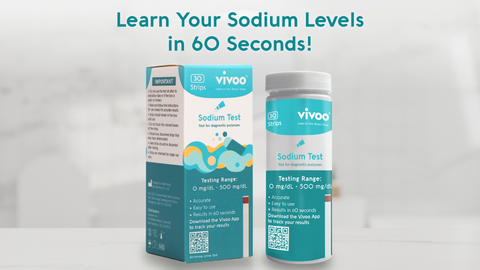Vivoo Sodium Box
Sodium is a necessary nutrient for wellness [1]. Along with maintaining normal fluid balance, it plays a crucial role in many other body functions, including the nervous and muscular systems. As a result, sodium levels that are too high or too low can negatively impact your health [2].
A major source of sodium in most diets is added salt (i.e., “table salt”) in the form of sodium chloride. The human body requires a small amount of sodium to maintain the proper balance of water and minerals, contract and relax muscles, and conduct nerve impulses. In other words, it’s key to maintaining the optimal functioning of your body.
How Much Sodium Should You Take Daily?
-
The World Health Organization recommends limiting daily salt consumption to 5 grams.
-
The American Heart Association recommends that healthy adults should limit their daily sodium intake to less than 1,500 mg for body fluid regulation [4].
*1 gram of table salt contains 400 mg of sodium.
What are the Body Functions in Which Sodium Plays a Role?
Sodium, an essential mineral, serves several important roles in the human body:
1. Balancing Fluids: Sodium helps keep the right amount of fluids inside and outside your cells, promoting proper hydration and maintaining healthy blood pressure.
2. Nerve Function: Sodium ions are crucial for nerve signals. They enable nerves to send messages to each other and to your muscles.
3. Muscle Movement: Sodium is necessary for muscle activity and contractions, helping prevent muscle cramps.
4. Blood Pressure: Sodium, along with potassium, influences blood pressure. Maintaining a balance between these two minerals is vital for healthy blood pressure levels. Excessive sodium intake can lead to high blood pressure in some people.
6. Nutrient Transport: Sodium assists in moving certain nutrients, such as glucose and amino acids into cells.
Sodium Sources
Sodium, an essential mineral for the human body, can be found in a variety of dietary sources. One of the most common sources is table salt (sodium chloride), which is often used to season and preserve food.
Processed foods, such as canned soups, fast food, and pre-packaged snacks are notorious for their high sodium content, making them significant contributors to daily sodium intake for many individuals. However, it's important to balance sodium consumption with fresh, natural sources like vegetables as excessive sodium intake can be detrimental to wellness, leading to conditions like high blood pressure.
It's important to use sodium in moderation. Too much sodium can cause problems like high blood pressure. For most adults, the recommended daily sodium intake is around 2,300 milligrams, which is about the amount in a teaspoon of table salt.
How Can You Test Sodium Levels at Home with Vivoo?
Maintaining optimal sodium levels in your body is critical for health, and ensuring that you don’t have too much or too little will go a long way in preventing some problems. Luckily, Vivoo makes it easy for you to monitor your sodium levels in real-time, anywhere, and anytime in just 90 seconds! If needed, you can promptly make any necessary nutritional and lifestyle adjustments.
How to Evaluate Possible Results?
Note that urine sodium levels are conservative estimates of daily salt consumption. That’s because it doesn’t account for other ways your body loses sodium, such as through sweat. Still, it’s worth noting that roughly 90% of dietary sodium intake is excreted through the urine.
- Score:6/10, 5/10, 2/10
- Label: Dehydration
- Value: <50 mg/dL Sodium
A low level of sodium in urine occurs when the sodium level in your urine is lower than average.
Sodium deficiency typically results from low salt consumption. That’s why it’s crucial for you to pay attention to your intake of minerals, as it can prevent a sodium deficiency.
The causes of low sodium in urine are:
- Eating a diet low in sodium
- Low intake of salt
Mild symptoms of low sodium levels in urine include:
- Weakness
- Restlessness and irritability
- Headache
- Mental instability [9]
*Although excessive sodium intake is harmful to health, you shouldn’t severely restrict your consumption of the mineral. Too little sodium can also be detrimental to your body. You should strive to consume the recommended daily amount of sodium, as this ensures well-being in the long term [8].
- Score: 10/10
- Label: Optimal
- Value: 100 - 400 mg/dL Sodium
Optimal urine sodium levels mean that you’re likely getting the recommended amounts of sodium through the foods and drinks you consume.
Sodium’s functions in the body include:
- Regulation of fluid balance
- Transmission of nerve impulses
- Contraction and relaxation of muscles
- Acid-base balance
- Score: 4/10
- Label: High
- Value: 500 mg/dL Sodium
A high level of sodium in urine means that you’re consuming more sodium than your body truly needs.
When You Should Test Your Sodium Levels?
The amount of sodium in your urine can change a lot based on what you eat during the day. So, your sodium levels might look different at different times. But the important thing is to try and keep your sodium levels steady over a longer time. To do this, try testing your sodium levels at home regularly under the same conditions.
Your body reacts quickly to salt (especially since it is the largest dietary source) so you can usually tell if you're getting too much or too little salt. If you think something's off, it's a good idea to get your sodium levels checked as soon as you can.
